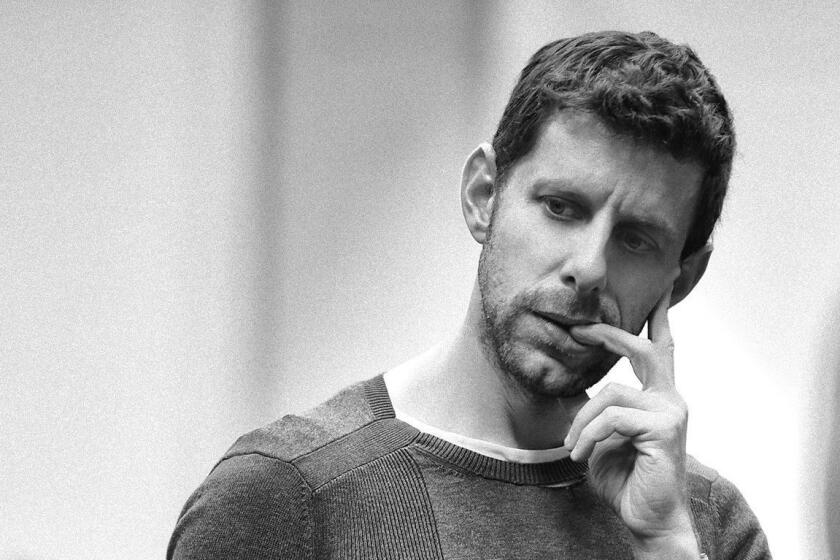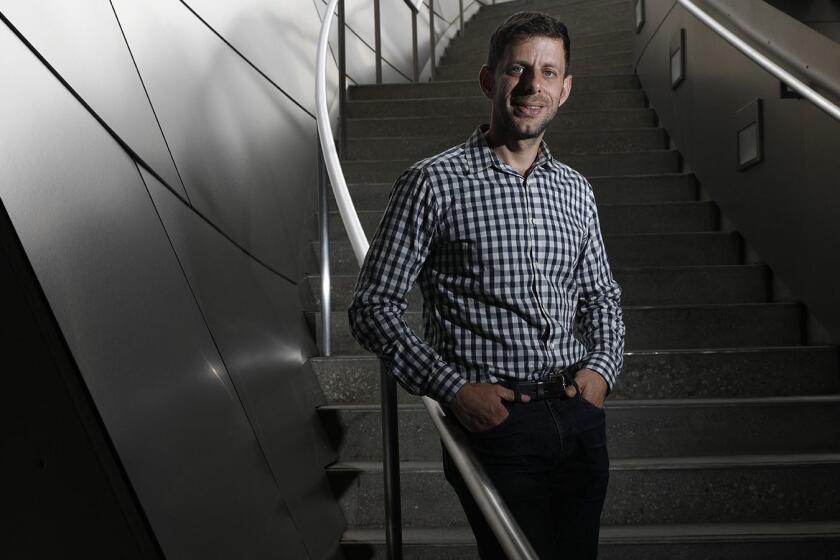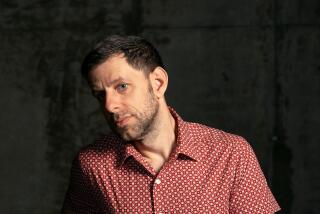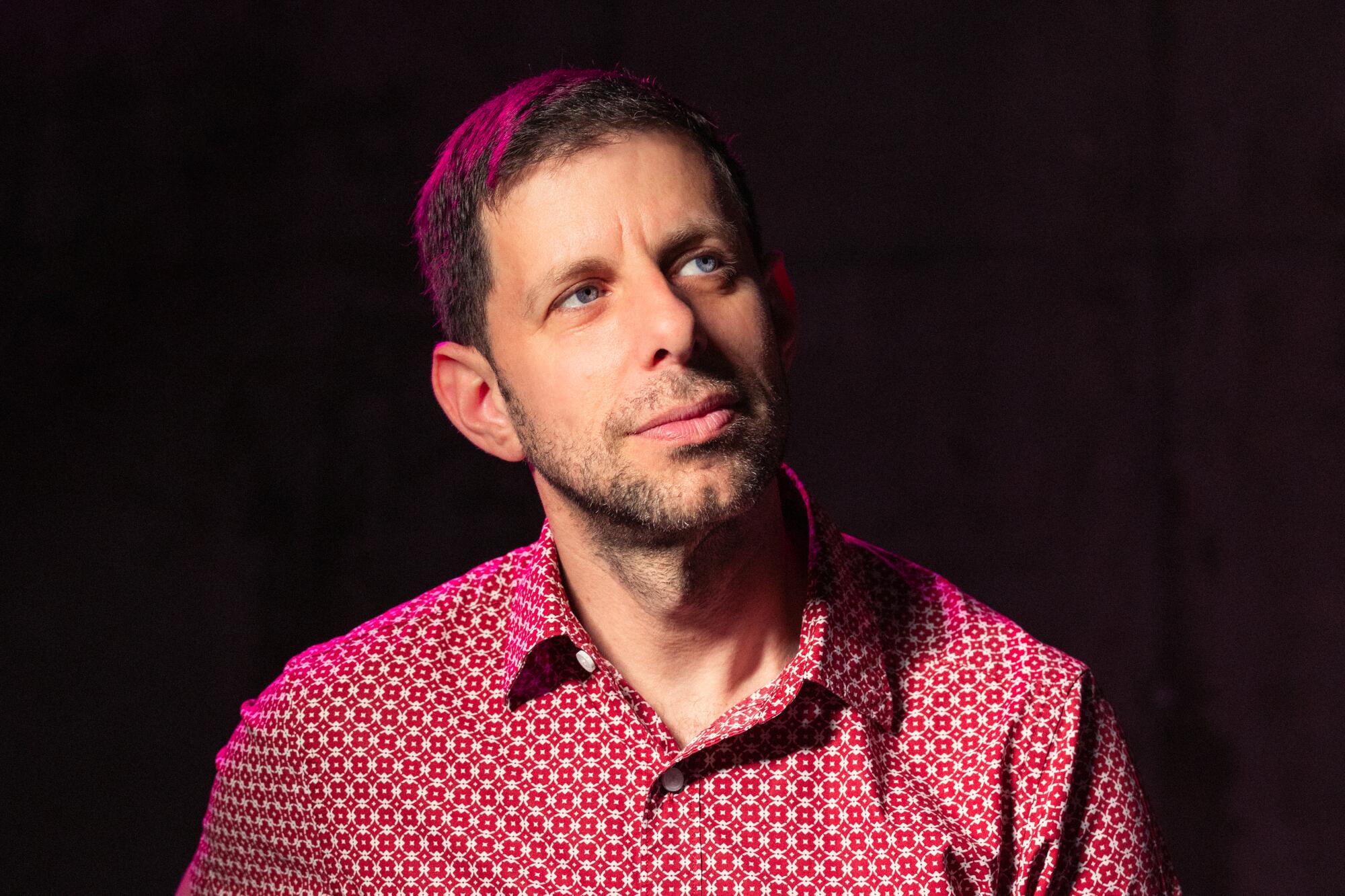
- Share via
What do 17th century Italian composer Claudio Monteverdi and 20th century writer and civil rights activist W.E.B. Du Bois have in common? Aspects of their work have been juxtaposed in a new opera, “The Comet / Poppea,” directed by Yuval Sharon and presented this weekend by his avant-garde company, the Industry, and MOCA at the Geffen Contemporary at MOCA.
This marks the first production the MacArthur fellow has directed for the Industry since the critically acclaimed “Sweet Land,” which was prematurely shuttered in 2020 at the start of the COVID-19 pandemic. Sharon is known for his disruptive approach to the art form, and “The Comet / Poppea” — with a rotating stage that immerses audiences in two disparate worlds with a shared purpose — promises to be no different.
“My projects for the Industry have been about trying to chart a kind of evolution from piece to piece,” explained Sharon over the phone after the first day of rehearsals in New York City. “Not in a linear way or a straightforward way.”
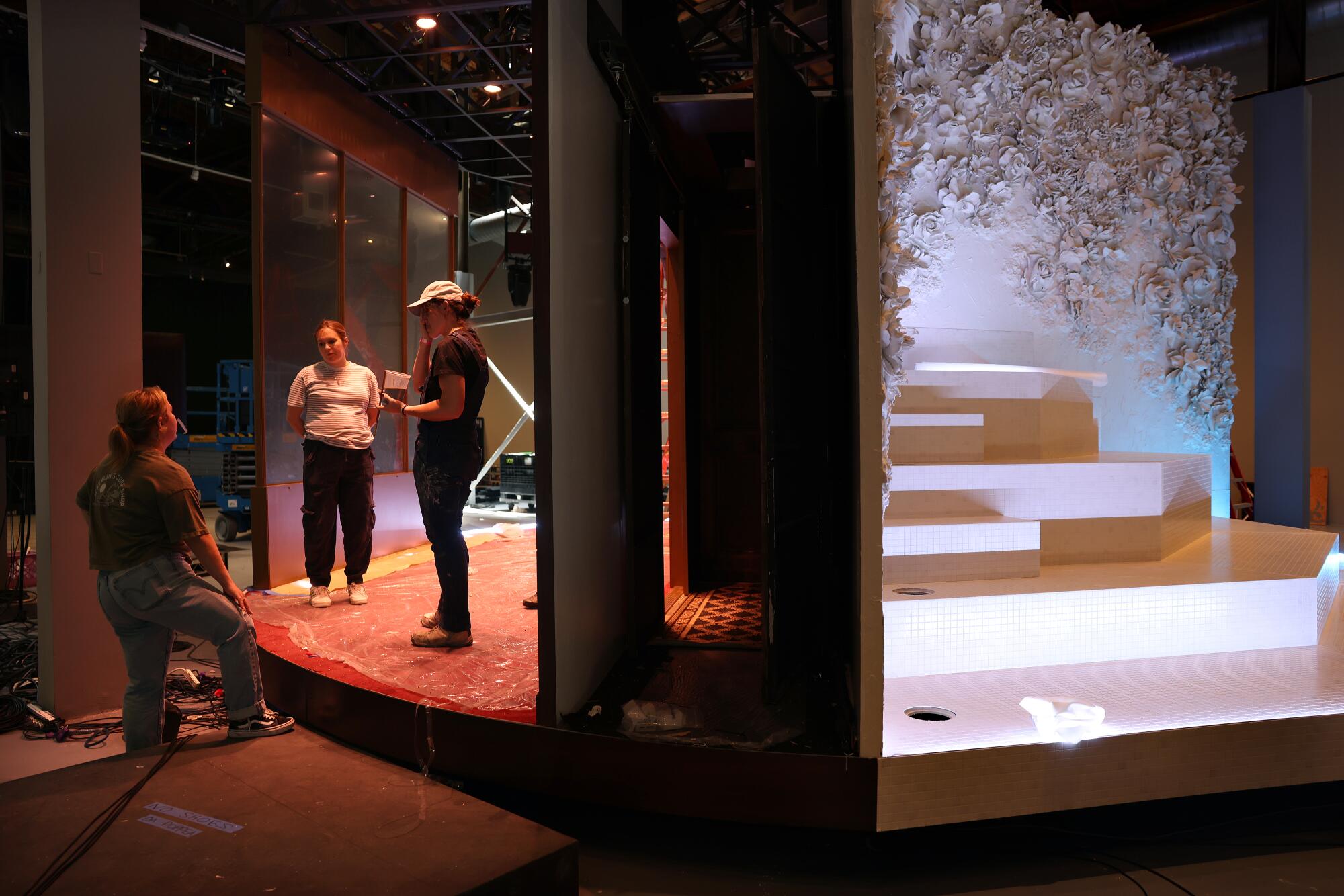
Sharon’s ideas often begin with a critique of opera itself. He and his collaborators approach each work by trying to discover how to redefine, deconstruct and demystify what has long been considered an elitist art form for a largely white majority. What better way to do that than by taking on one of the genre’s most formative pieces? Monteverdi’s “L’incoronazione di Poppea” was first performed in Venice in 1643. Opera had just emerged as a distinct art form 50 years earlier, said Sharon, and “Poppea” — about the infamous Roman emperor Nero and his mistress — was among the first successful operas written not for nobility, but for the masses.
The opera ‘Sweet Land’ was a success. Then came the coronavirus. How Yuval Sharon’s company banded together for one last show where cameras replaced the audience.
It’s salacious and bawdy, Sharon added, comparing it to reality TV. Ironically, 400 years later, “Poppea” could be considered the ne plus ultra of opera’s rarefied shortcomings. Which is why it pairs nicely with the world premiere of “The Comet,” based on Du Bois’ eponymous 1920 sci-fi short story about an apocalyptic world where only one Black man and one white woman survive. Both pieces explore the nature and meaning of power — who has it and who doesn’t in each tumultuous society.
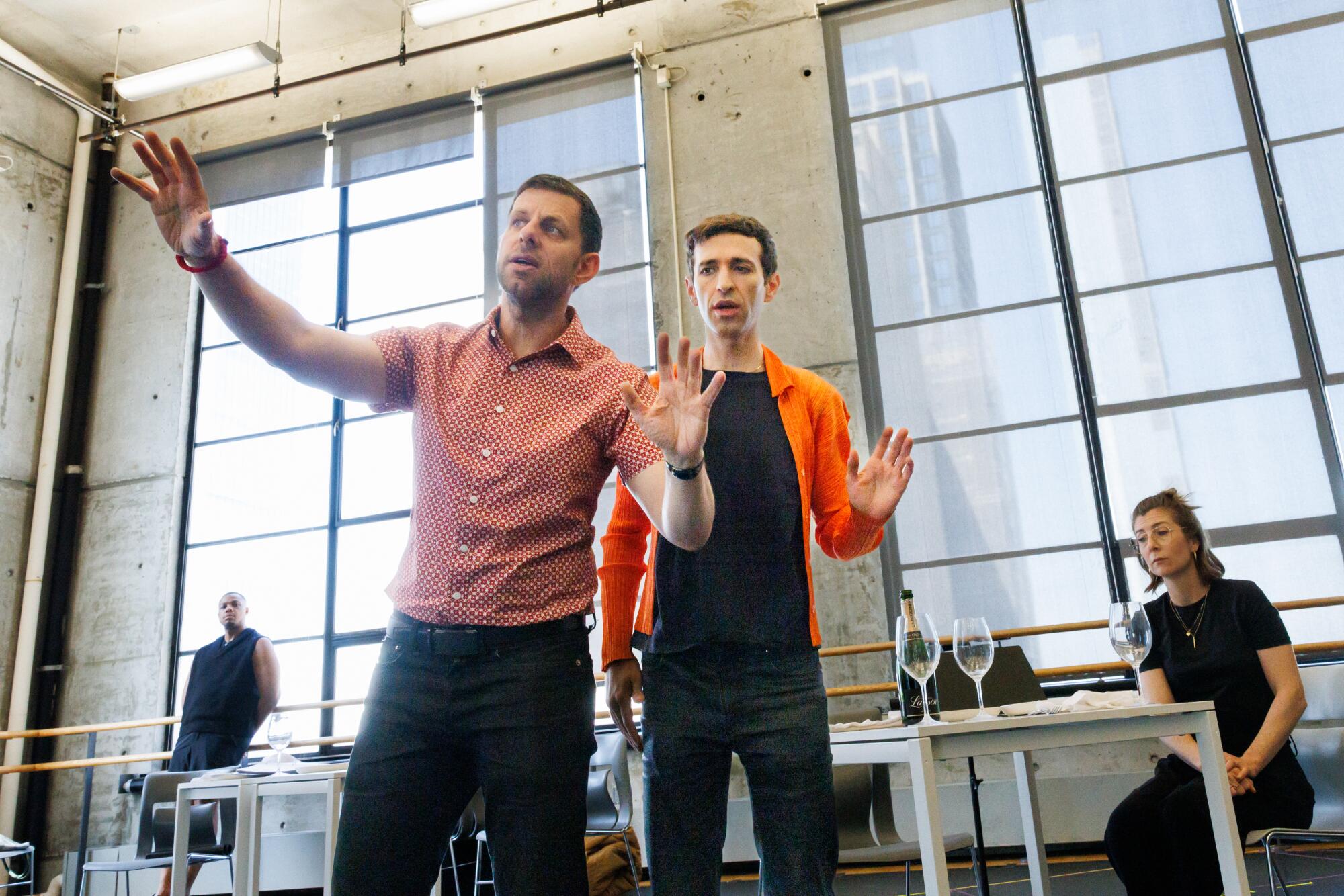
“We’re talking about two parallel dictatorships. The dictatorship of ancient Rome and the dictatorship of white supremacy,” said “Comet” composer George Lewis, who penned the music after poet Douglas Kearney wrote the libretto. “And when we put them together, we make people think about the fact that change is possible.”
In a serendipitous twist, Lewis was reading “The Comet” when Sharon asked him to collaborate on a new project. Sharon had been reading Du Bois’ writing as well and was particularly taken with his thoughts on double consciousness, which Du Bois explained as the dual self-perception manifested out of necessity by oppressed groups. When Lewis suggested Sharon take a look at “The Comet,” the project began to click into place. In its final form, “The Comet / Poppea” is an examination of duality on multiple levels.
The opening day of the Bayreuth Festival is always July 25; it is Germany’s most exclusive cultural event of the year.
“When the world is burning, what do we hold dear?” asked countertenor and co-producer Anthony Roth Costanzo, who sings the part of Nero. “We see every incarnation of that question in this piece.”
Initial work on the opera began in 2019, before the pandemic and during the height of Donald Trump’s tumultuous presidency. Parallels between ancient Rome and the modern day abounded — but the opera’s creators sought to dig deeper, to look at the ways that audiences experience and interact with the art form, and how each individual can walk away with a singular experience.
“I want to do opera in which the form of opera is so different that it allows for the possibility of transformation,” said Sharon. “So I don’t want to just regurgitate what our contemporary perspective is. I want the whole apparatus of opera to help us imagine alternatives.”
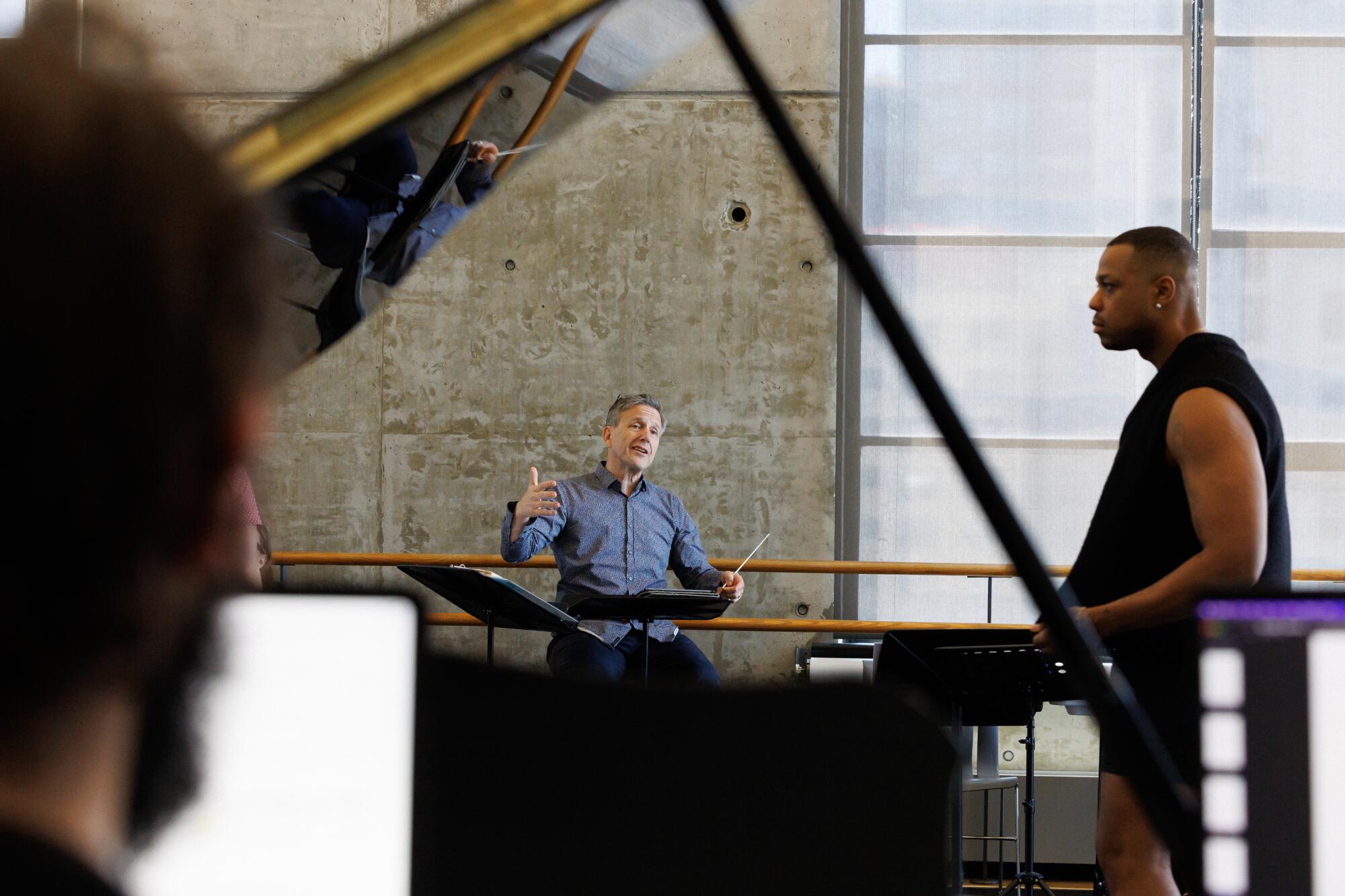
Costanzo elaborated on the team’s creative approach.
“This piece is a great example of the fact that we’re not trying to throw away old opera or cancel it,” he said. “We’re trying to embroider it in meaningful ways.”
This act of embroidering extends to Tony Award-winning scenic designer Mimi Lien’s set, which physically manifests the opera’s duality on the rotating stage. Lien describes the “Poppea” side as a “mash-up of a Roman bathhouse and a highly Baroque theatrical ornamentation.” All of the walls are covered in floral plaster relief, “almost in a grotesque way,” she said. “The Comet” side of the stage — a restaurant in 1920s New York City with a film noir vibe — is a sparse antithesis grounded in naturalistic, Art Deco-inspired architecture.
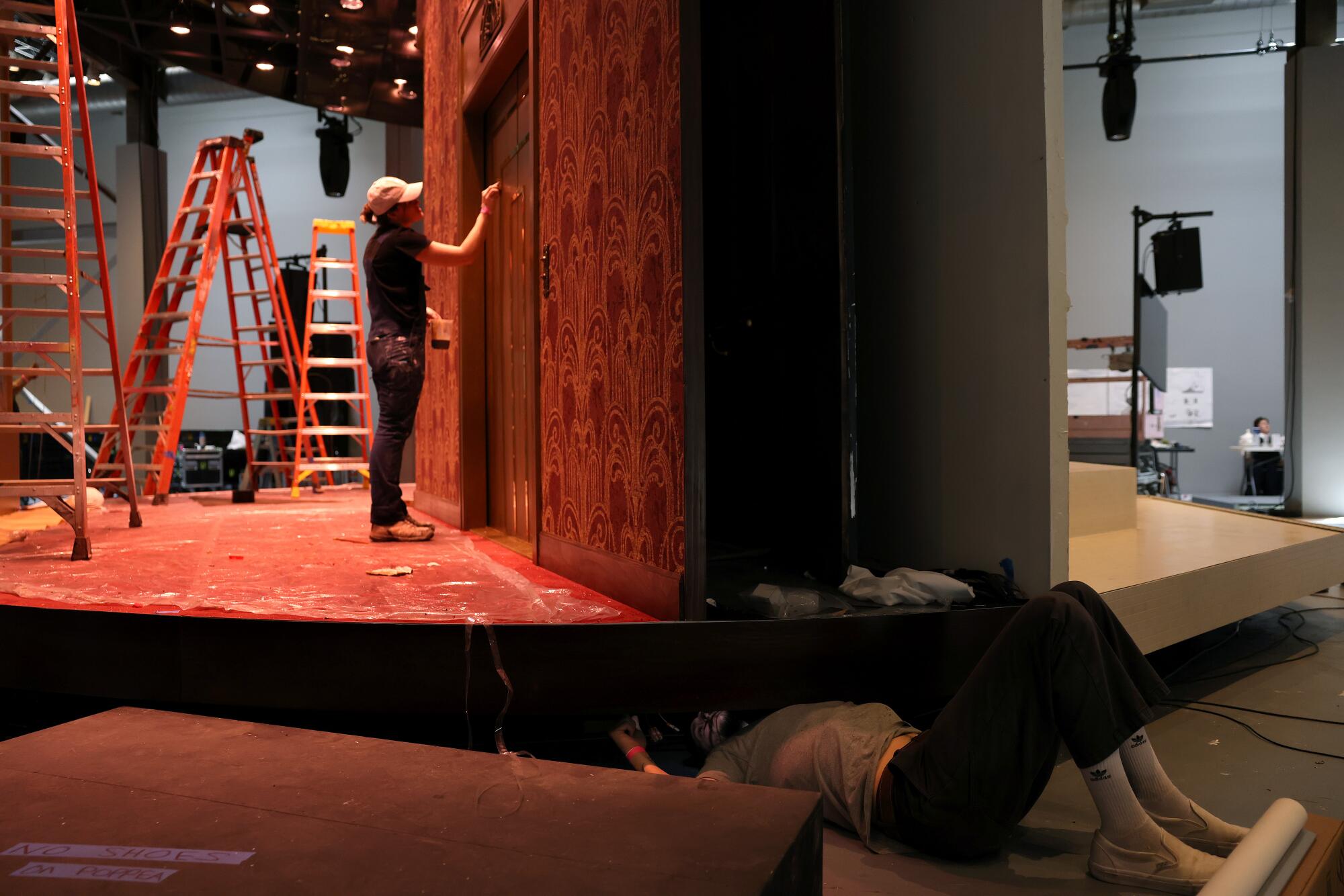
“The audience is on two diametrically opposed sides,” said Lien, adding that as the stage slowly rotates audiences might briefly glimpse aspects of both sets before being subsumed in one world.
Unlike “Sweet Land” — during which audiences walked to separate areas in various groups to experience discrete sections of the action — theatergoers will remain in static seats arranged on opposite sides of the rotating stage. Sharon said the timing of the stage’s movement will dictate who sees what action when. The music from both sections, however, will play simultaneously, with only the occasional stop on one side or the other.
Founder of L.A.’s transformational the Industry is named artistic director of Michigan Opera Theatre, making Detroit a locus for a shake-up in American opera.
Lewis noted that when he was working on his composition he didn’t try to draw from “Poppea,” but that a certain similarity becomes apparent between the scores by proxy.
“When you put these two things together, they start to sound like each other,” said Lewis, a professor of music at Columbia University and the artistic director of the International Contemporary Ensemble. “And that’s an odd kind of psychological construct you often find in music — when you put two very disparate pieces together, and place them in close sonic proximity for a long period of time, they start to exchange narratives in the ears of the listeners.”
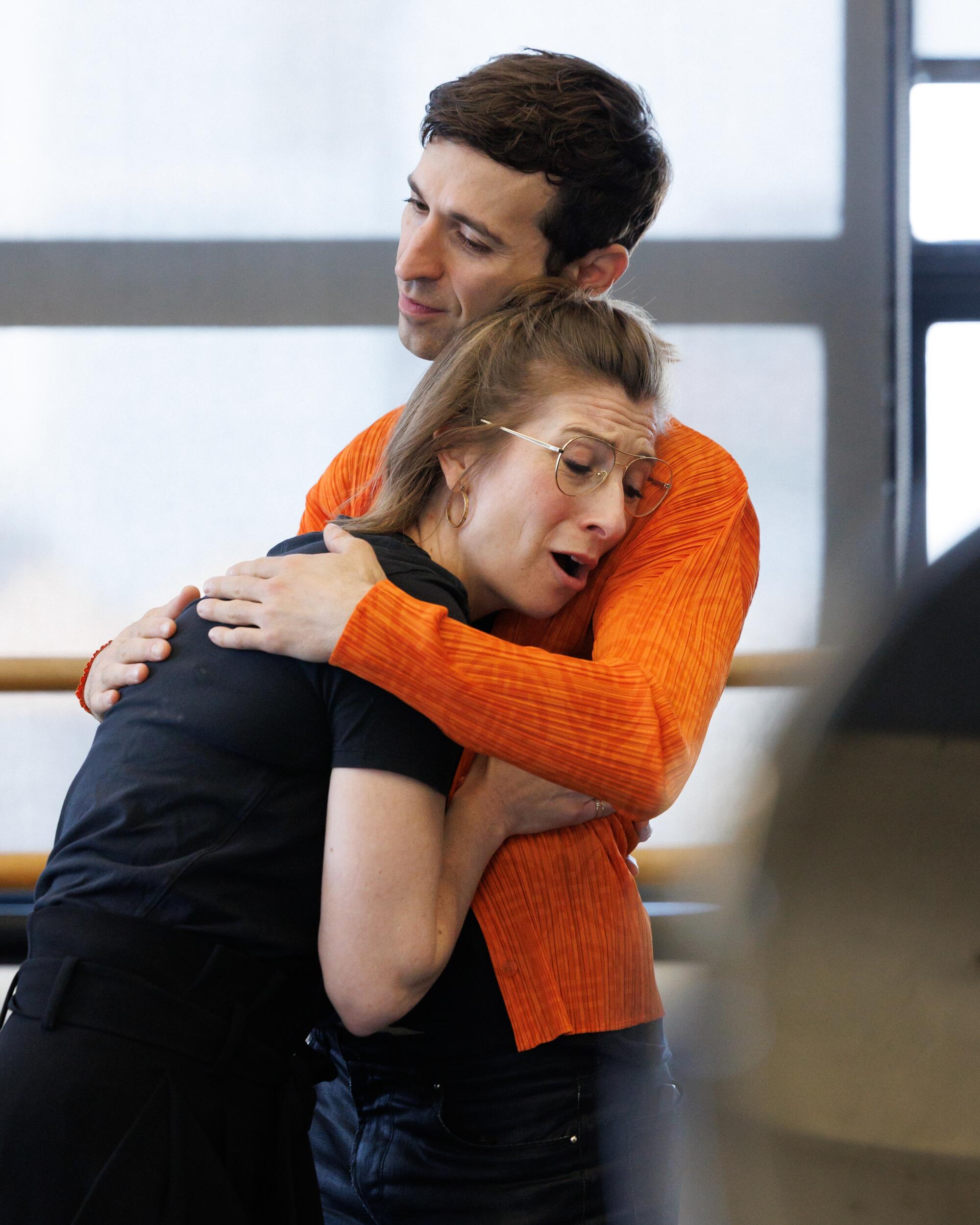
Sharon’s lovingly subversive approach to opera has gently nudged the art form into exciting new directions over the last decade — with many creators looking to him and his collaborators for direction and inspiration as they too seek to breathe fresh life into what many still consider a sclerotic medium attractive only to an affluent white-haired set.
Sharon began attracting national attention in 2013 with the Industry’s “Invisible Cities,” an immersive opera staged amid the hustle and bustle of downtown Los Angeles’ Union Station. Two years later he rocked the opera world with “Hopscotch,” which pulled off the highly improbable idea of staging the performance in 24 cars driving in and around downtown L.A.
A short time later, Sharon was named the L.A. Philharmonic’s first artist-collaborator — a three-year residency that gave him the ability to imagine big synergistic swings for the orchestra in association with the Industry. One such piece, “War of the Worlds,” used Orson Welles’ 1938 radio hoax about a Martian invasion in a performance that took place simultaneously inside and outside Walt Disney Concert Hall. Sharon later mounted John Cage’s “Europeras 1 & 2,” on a Sony Pictures soundstage in Culver City, using props and costumes from classic films.
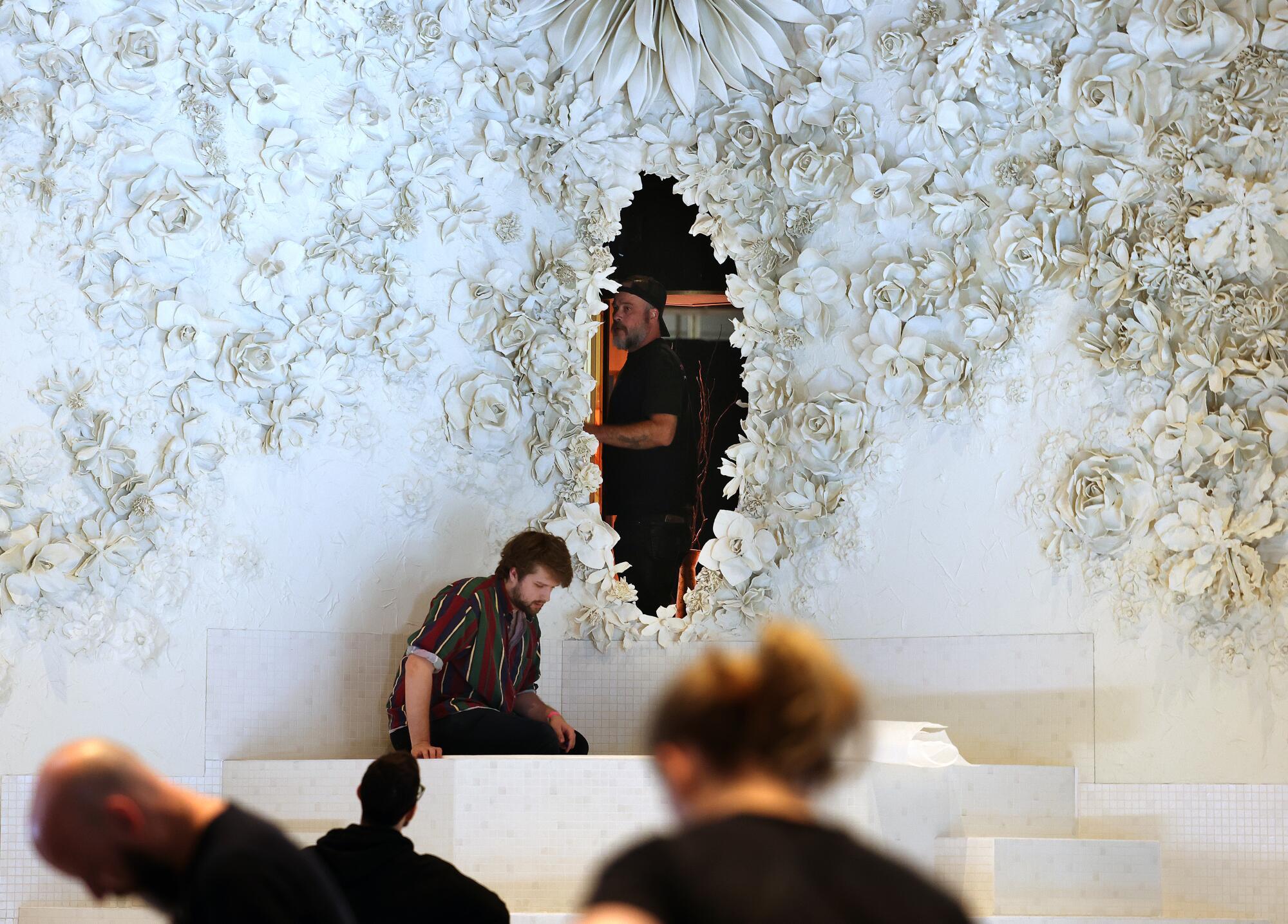
These projects, and others, helped push opera out of traditional performance halls into a world of unbridled imagination — a place where younger fans felt notably more comfortable. As Sharon’s influence spread, he began working with other companies around the country and the world. In 2020 he accepted the role of Gary L. Wasserman Artistic Director of Detroit Opera, and has split his time between Detroit and L.A.
“The Comet / Poppea” will see Sharon back on his home turf.
Collaboration is crucial to Sharon and his process, and “The Comet / Poppea” came about as a result of many people’s help and creative vision, noted Costanzo, who co-produced along with Cath Brittan, the Industry, American Modern Opera Company, Curtis Institute of Music and Yale Schwarzman Center.
“It’s an exciting moment for the Industry because it broadens the scope and the reach of their work,” said Costanzo. “It also provides new models, which can be as complicated as they are fruitful.”
'The Comet / Poppea'
When: June 14-23
Where: The Geffen Contemporary at MOCA. 152 N. Central Ave., L.A.
Running time: 75 minutes (with no intermission)
Tickets: $25 and up
Information: (213) 626-6222, moca.org
More to Read
The biggest entertainment stories
Get our big stories about Hollywood, film, television, music, arts, culture and more right in your inbox as soon as they publish.
You may occasionally receive promotional content from the Los Angeles Times.
![[Sunday, March 15, 2020] Bass-baritone Derrell Acon as Grandfather during a taping of the "Feast" portion of the opera "Sweet Land" at Los Angeles State Historic Park. With performances cancelled due to coronavirus, The Industry, the company that produced the opera, brought the cast together for a taping of the show.](https://ca-times.brightspotcdn.com/dims4/default/aba6dda/2147483647/strip/true/crop/3468x2312+76+0/resize/840x560!/quality/75/?url=https%3A%2F%2Fcalifornia-times-brightspot.s3.amazonaws.com%2F00%2Fb0%2F5c62e7a140c19abd797e707b394a%2F49664297313-9d8aba11ab-o.jpg)
